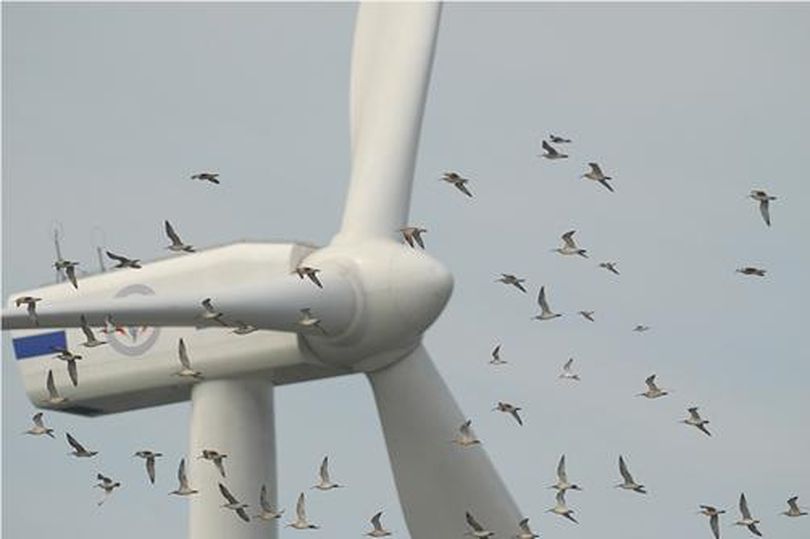Migrations Part 3: Birds can’t fly away from habitat issues

WILDLIFE WATCHING -- Yesterday, in the Idaho Fish and Game Department's 75th anniversary series of "reminders" on wildlife topics, I featured the second of a three-part post on migrations -- Part 2: Fish. The first installment was on Tuesday, Part 1: Roadkill and how the carnage along highways pegs critter movements.
Today, we look at Part 3: Birds.
Intro
Mammals do it. Birds and fish do it. Even insects do it.
They migrate as part of their inborn strategy for survival, and the arrival of winter triggers a massive migration of all kinds of wildlife.
They may travel a thousand miles or a few feet. The distance is not what defines migration; it’s that animals move between habitats during the year to survive. They may move for many reasons – to find food, breed or raise their young. Migration is a tool they use when a habitat no longer meets their needs.
Migration patterns and routes are ancient and have been influenced by the natural features of the land, water and air. The same natural features that foster wildlife movement are also attractive to human activities. Roads bisect open spaces. Wind turbines pop up on ridgelines. Dams block rivers. Communication towers light up the night sky. Houses are built in key habitat. And human structures frequently become problems for migrating wildlife.
Birds
All types of birds migrate. Some travel huge distances and while others simply move up and down a mountainside.
In Idaho, we often associate migration with waterfowl. They migrate by the thousands and noisily announce their coming and goings. Idaho is part of the migratory route called the Pacific Flyway.
Structures, such as power lines, wind farms and offshore oil-rigs, have been known to affect migratory birds. Habitat destruction by land use changes is the biggest threat, and shallow wetlands that are stopover and wintering sites for migratory birds are particularly threatened by draining and reclamation for human use.
